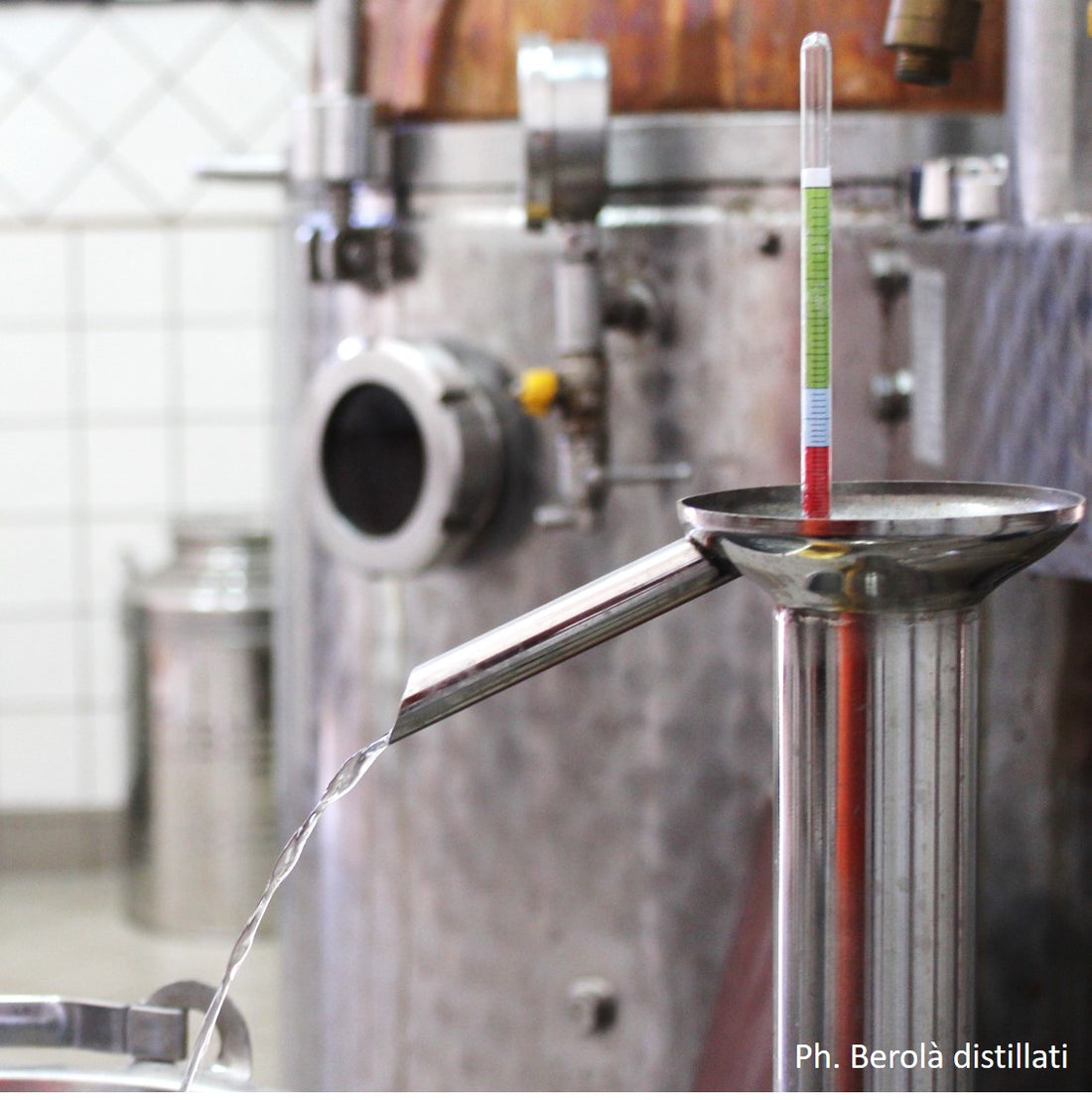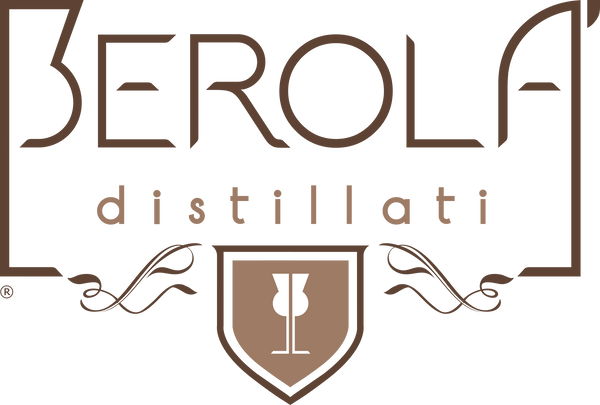
ALCOHOL CONTENT, WEIGHT AND VOLUME: THE THREE MEASURES OF A DISTILLATE
Alcohol is an ethereal, elusive, impalpable liquid. When we talk about its characteristics, the focus is mainly on the boiling point (78°C) which gives it a marked volatility, well demonstrated by the drops in yield detected during barrel aging.
Yet connected to the mercurial characteristics of alcohol there are a whole other series of chemical-physical properties that make it difficult to quantify through simple measurements. First of all there is the strong increase in volume as the temperature increases. So if the volume does not guarantee us a standard of measurement we could think of carrying out an assessment by weight.
Even in this case, however, the question becomes complicated because, if it is true that pure alcohol always has the same weight, it is not equally true when alcohol is mixed with water at the various possible strengths; in this case both water and alcohol will contribute a certain percentage to the overall weight of the mixture. This is precisely the situation that occurs at the exit from the still, where the distillates always exit in a mix with water at a strength that can vary depending on the production and the distillation technique.
To be able to carry out our measurement it is essential to know the alcohol content, but how can we do it? We must turn to another measuring instrument, the alcohol meter (in the photo), a hydrometer that will allow you to read the gradation on its graduated scale. However, the alcohol meter has a scale calibrated to give the right reading only at 20 degrees of temperature, because at different temperatures there are, as already mentioned, variations in volume and consequently variations in density.
Thus, for those who have to quantify the alcohol produced, the matter seems to become very complicated, since the determination of alcohol takes place at temperatures that are often different from the reference standard. So how to do it? The solution to the whole matter lies in the alcoholometric tables: a set of values acquired purely experimentally which allow the necessary corrections to be made to the values read by an alcohol meter if the measurement conditions deviate from the standard temperature.
Let's now see what all the steps are necessary for the measurement to be unequivocal: we start by ascertaining the alcohol content using an alcohol meter, we make the correction based on the temperature in order to know the alcohol content at the standard condition of 20°C, based on to the alcohol content detected, the corresponding value of the density of the mixture can be read in the table. We will thus proceed to measure the weight and, knowing the density, we will be able to trace the volume of the mixture, a fundamental value since the excise duty is paid on the basis of the liters produced, in particular the anhydrous liters (one anhydrous liter is alcohol 100%).
So to know the anhydrous liters starting from the alcohol content of our mixture, a simple calculation will suffice (for example: 100 L at 60% alcohol will correspond to 60 anhydrous liters). The excise duty in Italy currently amounts to 10.3552 euros/anhydrous alcohol, in Sweden the taxation for spirits exceeds 50 euros/liter of anhydrous alcohol, in England and Ireland it exceeds 40 euros. For those who want to drink a little more we recommend staying in Italy!
